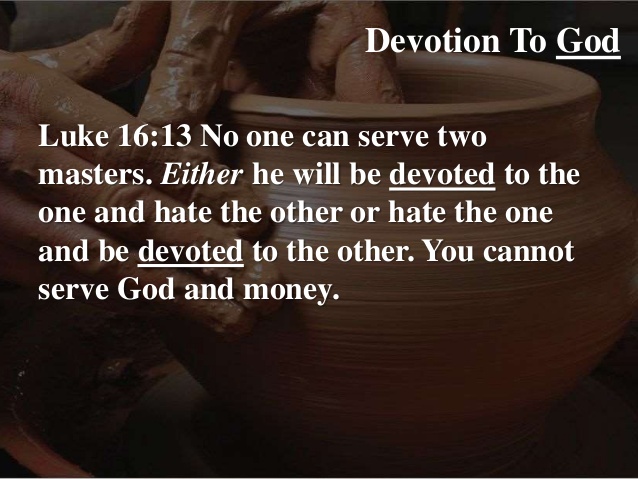After last Sundays Gospel from Luke 16:1-113 there is a great summary from Richard Caemmerer in an article called “Investment for the Future”.
The uses of money.-Old and New Testament alike set before us two major areas in
which the money of God’s people can profitably be invested. The first is charity,
providing for the needy. The first church in Jerusalem is an illustration of
Christians gathering and disbursing their money for those in need. Many of our
standard texts on Christian giving stem from the counsel which St. Paul gave in his
epistles concerning giving for famine sufferers in Jerusalem. The giving of alms and
the care of the poor is a commonplace in Jesus’ teaching (Luke ll:41; 12:33; Matt.
19:21,22). The second field for the investment of money toward eternal ends is the
provision of Word and worship. The tithes of the Old Testament people of God
supported the priests in their labors (e. g., Lev. 27). While St. Paul made a point
of it that he had not preached for pay, he quickly counseled to reimbursement of
servants of the Word (e. g., Gal. 6: 6; 1 Tim. 5: 17) -not failing to rebuke avarice
in preachers too (1 Tim. 6: 5-11) . Actually, as John 12:7, 8 imply, the thought for
the total life of the brother need not attempt to concern itself for the physical
care without the reminding of the Word, or vice versa. The church today has expanded
both of these objectives in many directions. Modern methods of business,
communications, and transport have made it possible to invest astronomic sums 10
church-directed welfare and charity, parish worship and education, missions and
evangelism, and the training of pastors and teachers. All of them fit into Luke
16:9-12 when we realize that their ultimate objective is the finding, sustaining,
nurturing of God’s people.


